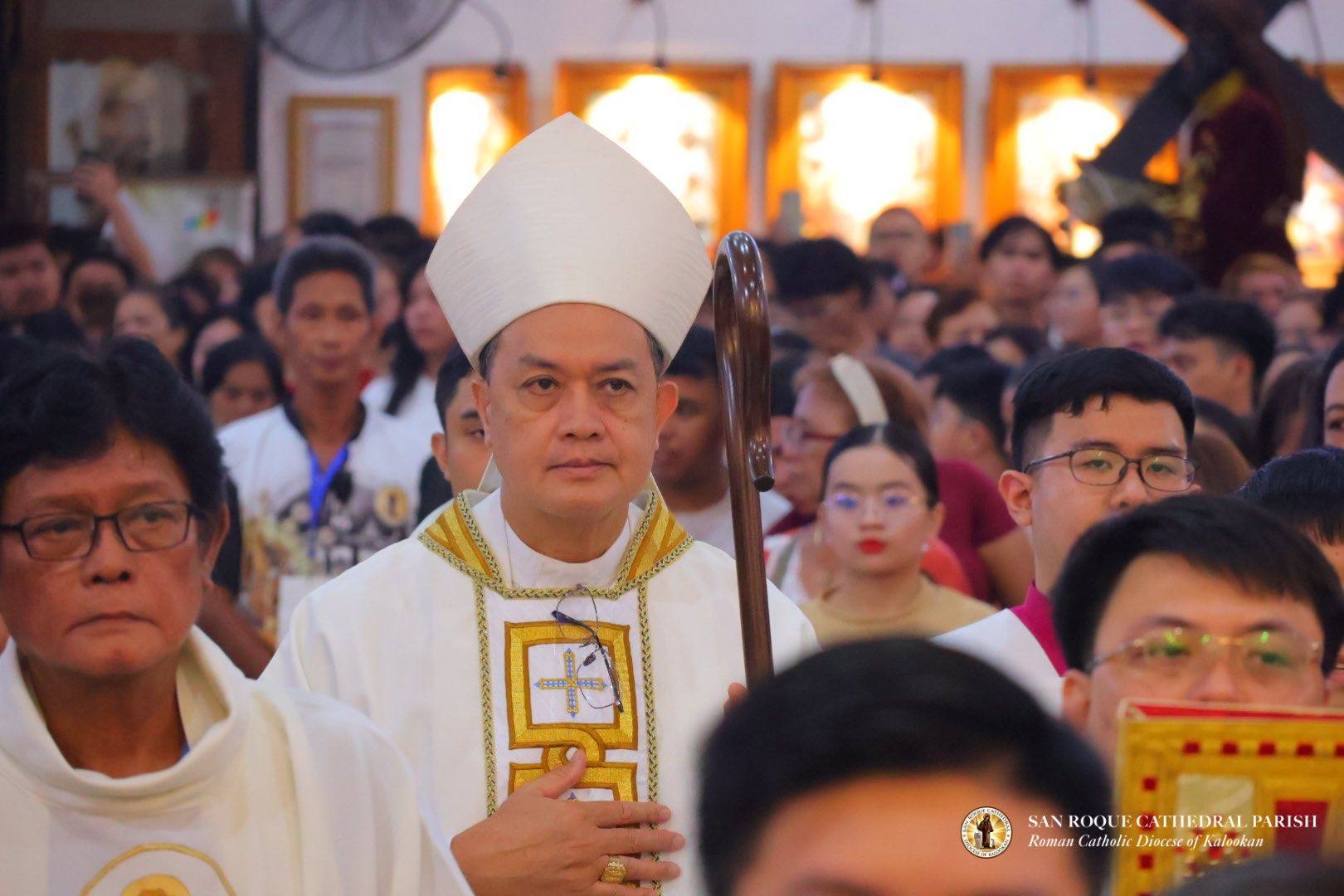– As Catholic schools in many areas of the country struggle to keep attendance up, one Michigan diocese has enjoyed a significant boost in enrollment, after the local bishop introduced a plan to prioritize Catholic education.
“[Catholic schools] are at the heart of the mission of the Church,” said David Faber, Superintendent of Catholic Schools for the Diocese of Grand Rapids.
“Catholic schools are good all around, not only for the Church, but for the community and the good of our country,” he told CNA.
Faber said the recent growth in Catholic school enrollment followed a 15-year period of decline. The decrease had been due to a drop in the state’s economy, a reduction in church attendance, and the Michigan Blaine Amendment that bans the state from providing funds to Catholic schools, he said.
But over the past four years, the diocesan school district has overcome obstacles, adding 254 new students for a total of 6,555 students. Faber said the diocese is currently seeing the biggest preschool class in 21 years and the biggest kindergarten class in six years.
He attributed the growth to the efforts of Bishop David Walkowiak, who in 2015 created the Bishop’s Catholic Schools Initiative, a program that classified Catholics schools as a high priority in the diocese.
Walkowiak “really believes that Catholic schools are the single most effective means the Church has created for evangelization,” he said. “He wanted every child to have the opportunity for a Catholic education. The same opportunity that he had.”
The program consisted of three parts, Faber said. “One was to increase affordability through scholarships, the second part was to grow our professional capacity in our office of Catholic schools, and the third party was to plan for the future vitality of our schools.”
The diocese tripled its need-based Bishop Scholarship and created the Welcome Scholarship, which is given to any first-time families attending Catholic schools or families returning to Catholic schools after a major absence. The Welcome Scholarship can range from $250-$1000 depending on the grade level.
In addition, Grand Rapids Diocese created a marketing team for diocesan schools, hiring an admissions enrollment field consultant, a marketing communications coordinator, and several admission advocates.
This year, Faber said, the diocese is launching a new five-year strategy, “Catholic Schools: Bridging Faith and Future,” to extend and build on the success of the previous initiative.
Developed over the last three years by three rounds of community forums, with input from all the deaneries of the diocese, the five-year plan looks to unite the diocesan schools by strengthening programmatic excellence, accessibility, sustainability, and Catholic mission.
Faber said the plan emphasizes the need “to make Catholic schools a ministry of all Catholics in the diocese.” As part of this focus, Catholic parishes without schools are required to give 4 percent of their offertory to aid diocesan schools. This will gradually increase to 8 percent.
While funding education is a sacrifice, the superintendent said, there are numerous studies showing statistical evidence that Catholic schools benefit the Church and broader community.
Catholic school students are more likely than their peers to graduate high school, attend college, and be civically engaged with politics, he said, and Catholic education is associated with an increase in Mass attendance after high school, discernment to the religious life and priesthood, and eventual salaries and charitable donations.
“An education centered in Christ offers the best possible learning environment, in which students achieve more in school and life, feel welcomed and cherished, develop creativity and character, and grow in faith and grace – leading to outcomes that are second to none,” he told MLive.
















